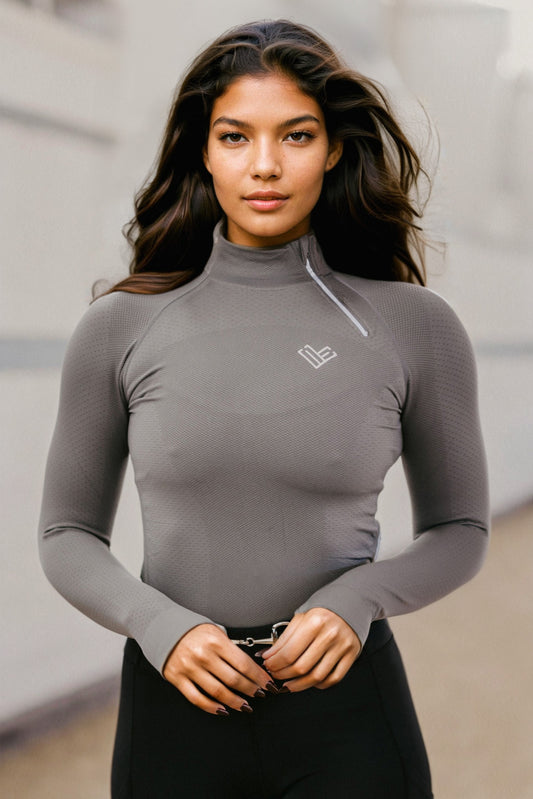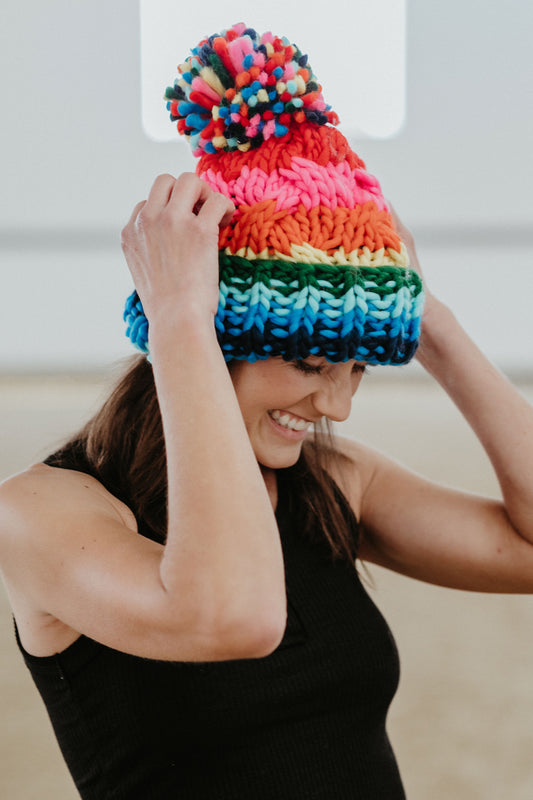The Historical Trot: The Beginnings of Women's Riding Attire
For centuries, horseback riding has been a symbol of nobility, skill, and for numerous societies, a clear display of gender norms. Women, specifically, rode sidesaddle, an equestrian practice that harkened back to medieval times. This form of riding required a specialized saddle and attire that would allow a lady to sit with both legs on one side of the horse, maintaining the era's standards of modesty and decorum. The traditional riding habit was a voluminous, flowing skirt that concealed the legs completely—functionality was a secondary thought to propriety.
Modesty to Mobility: The Shift in Women's Riding Fashion
As the world moved through the Victorian era, so too did the ideals that governed women's lives, including their sporting attire. The Rational Dress Society, formed in the late 19th century, advocated for sensible clothing that wouldn't impede movement—this included women's riding garb. The advent of the safety bicycle and women's growing participation in various sports catalyzed a transformation in equestrian fashion. Bloomers and divided skirts emerged as precursors to the modern riding breech, marking a significant turn towards garments that were functional for riding astride.
The Canter of Change: Introducing Breeches for Women
Breeches, often snug-fitting trousers cut just below the knee, have been a staple in men's riding wear for centuries. It was only in the 20th century, with shifting cultural landscapes and the suffragette movement, that women began adopting breeches for riding. An early form of women's breeches was wider and more skirt-like to preserve modesty, but as societal attitudes relaxed and women pushed boundaries in athletics and beyond, the breeches became more form-fitting and practical for active riding.
The Jump for Equality: Women Enter the Competitive Arena
The first half of the 20th century saw another leap forward in women's equestrian fashion, correlating with their foray into competitive sports, particularly in the Olympics. In 1952, women were allowed to compete in Olympic equestrian events for the first time, and the need for performance-oriented riding attire became undeniable. Women's breeches evolved into high-performance garments made from durable, flexible fabrics that accommodated the vigorous demands of competitive riding, including show jumping.
The Gallop Forward: Modern Innovations in Riding Breeches
Today's women's riding breeches are a culmination of centuries of evolution, blending tradition with cutting-edge technology. Current designs emphasize both form and function—with stretchable, breathable materials that offer freedom of movement while maintaining an elegant silhouette. Manufacturers now incorporate various features such as moisture-wicking fabrics, non-slip grips, and UV protection to cater to the modern equestrian athlete's needs.
The Contemporary Equestrienne: Style Meets Substance
The evolution of women's riding breeches is not solely about the functionality it provides in the saddle. Aesthetics also play a crucial role, with a range of styles, colors, and details ensuring every rider can express personal flair. Brands combine classic elements with contemporary design while promoting the empowerment and athleticism of women riders.
Conclusion: A Reflection on the Journey
From sidesaddle to show jumping, women's riding breeches have traversed a remarkable path that mirrors the broader societal shifts towards gender equality and liberation. Just as women broke free from the constraints of the sidesaddle, they have also cast aside the restrictive garments that once defined their place in the equestrian world. The breeches worn by women riders today are a tribute to this journey—a blend of respect for the past and a stride towards future advancements in both the sport and fashion of horseback riding.
Shop Wonder Equestrian








